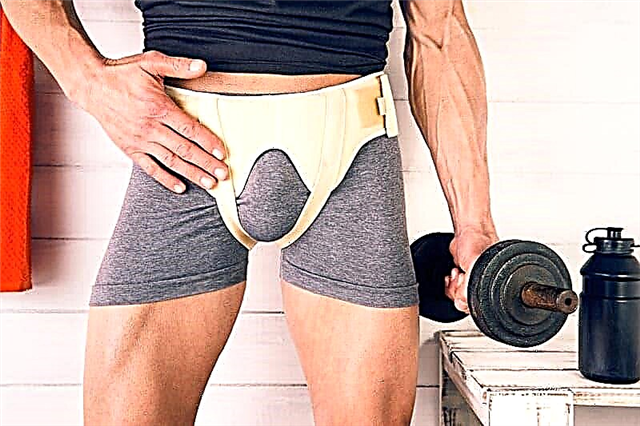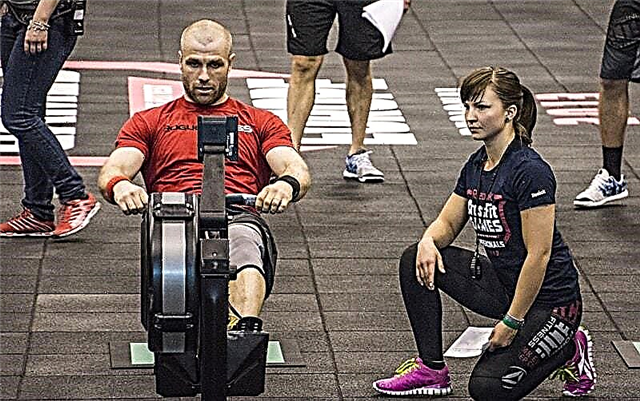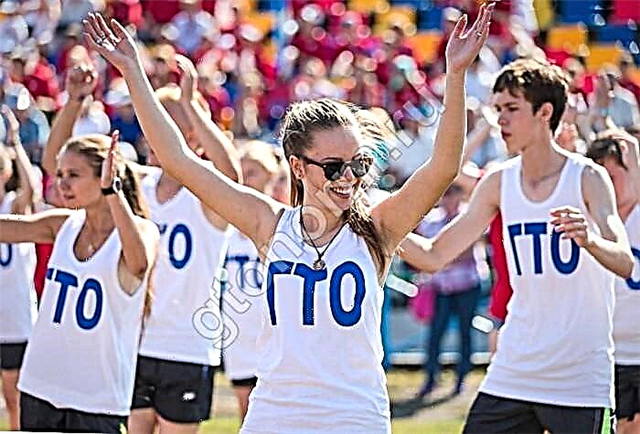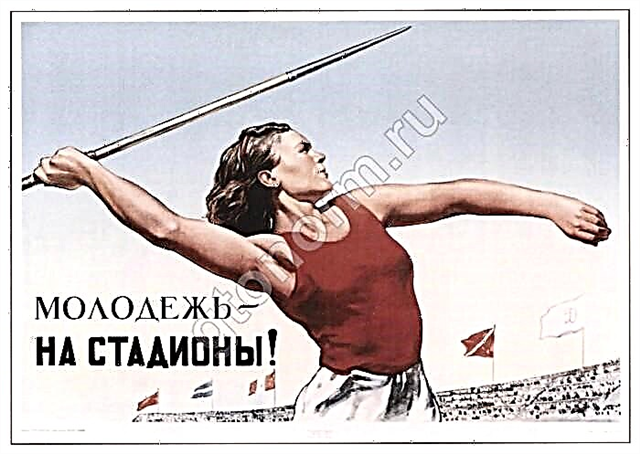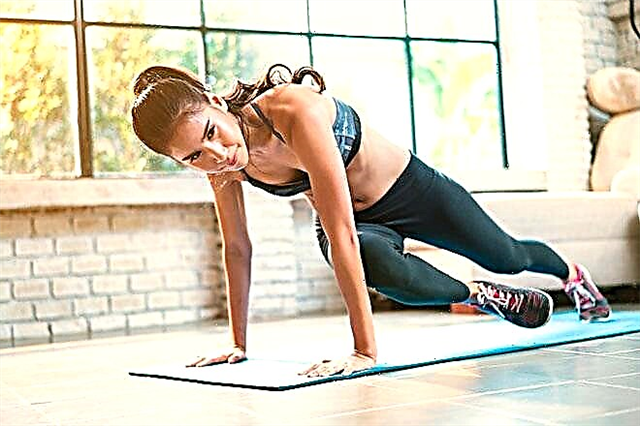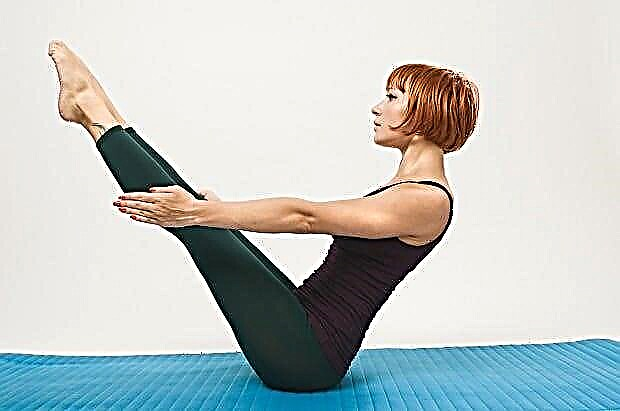Swimming standards are passed for the assignment of sports titles and categories. The requirements for the skill and speed of swimmers change periodically, most often in the direction of strengthening. As a rule, such decisions are made based on the results of Championships, International Competitions and Olympiads. If there is a general tendency to reduce the time participants spend covering the distance, the requirements are revised.
In this article, we list the 2020 swimming ranks for men, women and children. We will also tell you the rules and requirements for passing the standards, we will give age restrictions.
Why do they rent them at all?
Swimming is a sport available to anyone, regardless of gender or age. Of course, when a person goes to the pool to learn how to swim, he is not interested in standards. He should learn to hold on the water, and find out the difference between the water style and breaststroke. However, in the future, if you want to consistently feel progress, we recommend tracking your performance.
Professional swimmers, however, subordinate all their activities to the table of standards for swimming by category, for 2020 and subsequent years. They follow her demands and strive to regularly improve results.
As soon as an athlete completes the norm, he is assigned the appropriate youth or adult category. Next are the titles of Candidate Master of Sports, Master of Sports and Master of Sports of International Class. The corresponding title or rank is obtained by participating in official city, republican or international competitions held under the auspices of the International Swimming Federation (FINA). The result is officially recorded, and the timing must be kept using an electronic stopwatch.
For children in 2020, there are no separate standards for swimming in pools of 25 meters or 50 meters. They are guided by the general table. A child can receive a youth or children's category from the age of 9, the title of CMS - from 10 years, MS - from 12, MSMK - from 14 years. Boys and girls over 14 years old are allowed to compete in open water.
Obtaining a rank or rank gives the swimmer status and opens the door to Championships or Competitions of a higher level.

Classification
A quick glance at the tables of swimming standards for an inexperienced person can get a little confused. Let's see how they are classified:
- Depending on the sports style, the standards are determined for the crawl on the chest, back, breaststroke, butterfly and complex;
- Swimming standards are subdivided into male and female;
- There are two established pool lengths - 25 m and 50 m. Even if the athlete performs the same distance in them, the requirements will be different;
- Age gradation divides indicators into the following categories: I-III youth categories, I-III adult categories, Candidate Master of Sports, MS, MSMK;
- Swimming categories are passed for the following distances: sprint - 50 and 100 m, medium length - 200 and 400 m, stayer (only crawl) - 800 and 1500 m;
- Competitions are held in the pool or in open water;
- In open water, the generally accepted distances are 5, 10, 15, 25 km or more. Boys and girls from 14 years old are allowed to such competitions;
According to the conditions of open water competitions, the distance is always divided into two equal parts, so that the swimmer can cross half with the current and the other against.

A bit of history
The current swimming rank table for 2020 is completely different from the one that was used, say, in 2000 or 1988. If you dig even deeper, you can find out a lot of interesting things!
Standards, in the sense in which we know them, first appeared only in the 20s of the XX century. Before that, people simply did not have the opportunity to make accurate measurements of temporary results with insignificant error.
Did you know that swimming is the first sport to be included in the Olympic Games? Swimming competitions are always included in the Olympics program.
The normative practice is believed to have been formally introduced in 1908 when FINA was established. This organization for the first time streamlined and generalized the rules of water competitions, determined the conditions, sizes of pools, requirements for distances. It was then that all the norms were classified, it became possible to see what the standards for swimming 50 meters crawl in the pool are, how long it takes to swim 5 km in open water, etc.

Standards tables
Every 3-5 years, the table underwent changes, taking into account the results received annually. Below you can take a look at the 2020 swimming standards for 25m, 50m pools and open water. These figures are officially approved by FINA until 2021.
Swimming ranks for women and men are listed separately.
Men, swimming pool 25 m.

Men, swimming pool 50 m.

Women, pool 25 m.

Women, swimming pool 50 m.

Competitions in open water, men, women.

You can see the requirements for passing a specific grade in these tables. For example, in order to get the I adult category in 100-meter crawl swimming, a man needs to swim it in 57.1 seconds in a 25-meter pool, and 58.7 seconds in a 50-meter pool.
The requirements are complex, but not impossible.
How to pass for discharge
As we said above, in order to pass the standards for obtaining a swimming category, an athlete must take part in an official event. It can be:
- International tournaments;
- European or World Championships;
- National Championships;
- Championship of Russia;
- Country Cup;
- Sports Olympic Games;
- Any all-Russian sporting events included in the ETUC (unified schedule).
A swimmer passes registration, completes a distance and, if he meets the standard that is relevant for 2020, receives a sports category in swimming.

The focus of any competition in water is to identify the best speed modes of the participants. In order to improve their performance, swimmers train a lot and for a long time, improving physical fitness, coordination of movements and endurance. Also, adherence to a regimen, which includes training, healthy eating, and proper sleep, is of great importance.
Championships are not held at random pools. There are special requirements for tank depth, drainage system, bottom angle and other parameters that affect turbulence. Even the paths are marked and marked according to the approved rules.
Special attention is paid to the equipment of the swimmer. Even such a minor detail as a silicone cap on the head can affect the speed of movement. The rubber accessory improves the streamlining of the hull, thereby providing the athlete with a slight temporary advantage. Take a look, for example, at the swimming standards for the title of CCM in the 100 meter crawl - even tenths of a second matter! So choose the right hat and don’t forget to wear it.
All this, as well as an iron focus on results and powerful motivation, help professional athletes pass even the most difficult standards.

